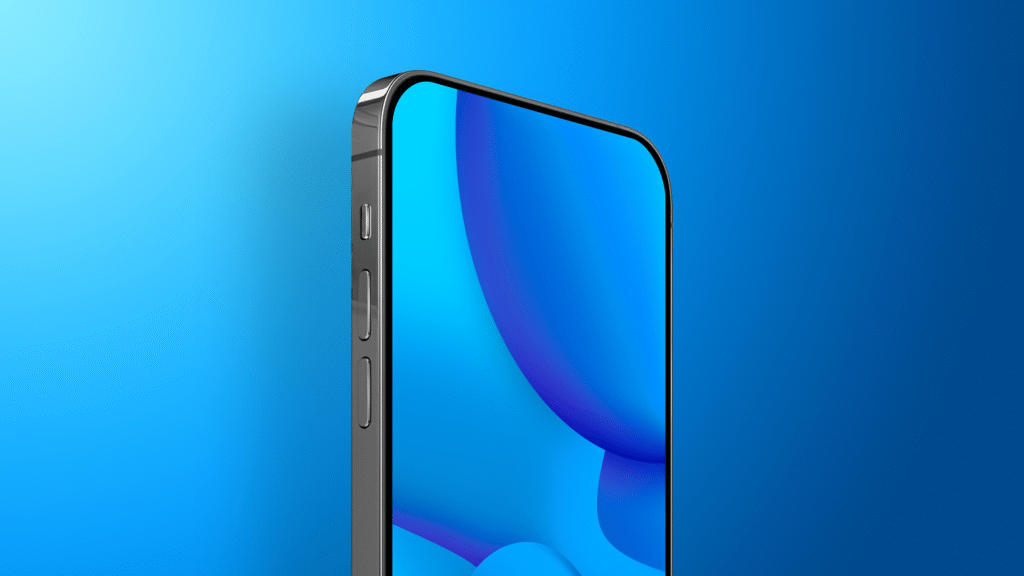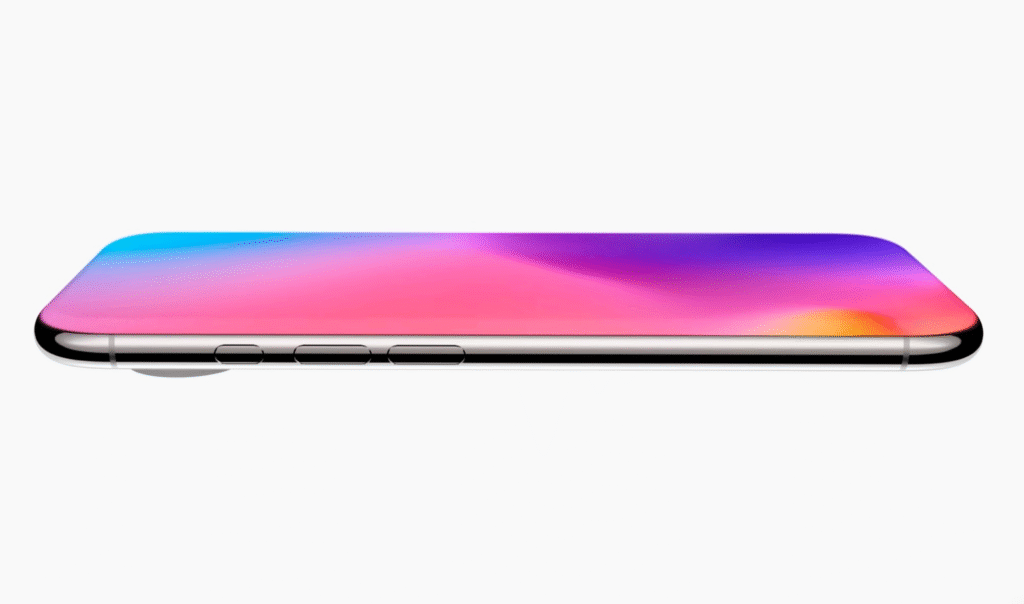In 2017, Apple included the notch on the iPhone X that contained Face ID sensors and the front camera. The notch has been a central feature of the iPhone model ever since. Rumors have been swirling that Apple would do away with the notch as early as 2023 or 2026. Each year, analysts and leakers have offered new dates only to see Apple maintain the familiar black cutout.

Three Steps Toward a Notch-Free Display
According to display expert Ross Young, Apple will achieve an all-screen iPhone in three major phases. In 2026, the iPhone 18 Pro will still feature a notch for Face ID and the selfie camera, even as some sensors begin to move under the glass. By 2028, Apple plans to hide all Face ID components beneath the screen while retaining a small cutout for the front camera. The final step comes in 2030 when the iPhone 22 Pro may present a continuous display free of any interruptions.
Under-Display Technology and Its Challenges
Moving Face ID sensors under the display requires advanced glass and light transmission methods. Each sensor must read depth information through the screen without degrading performance. Front cameras hidden beneath the glass face similar hurdles. The screen pixels must allow enough light through to capture a clear image. Industry sources say Apple continues to refine these materials and manufacturing techniques before a full rollout.
Contrasting Leaks and Analyst Forecasts
Leakers such as Digital Chat Station have offered conflicting timelines. In one report, they claimed under-display Face ID would arrive in 2027 for the iPhone 18 Pro. Another rumor suggested foldable iPhone prototypes already include under-screen cameras. The Elec has also suggested Apple will not debut an all-screen model until after 2026. Ross Young’s track record on display sizes and technologies lends weight to his 2030 prediction.
Implications for iPhone’s Twentieth Anniversary
The 20th anniversary of the first iPhone comes in 2027. Apple fans were hoping that marking of that milestone could be with a radical design change. Depending on the new roadmap, Apple is to achieve a true all-screen design three years later. But the customers will continue to get improvements in notch size, sensor position, and screen quality on an annual basis.
Looking Ahead to the iPhone 17 and Beyond
Before the notch finally disappears, Apple will release several more flagship models. Recent reports indicate that the upcoming iPhone 17 screens will grow slightly larger and adopt vapor-chamber cooling to manage heat under heavy workloads. Apple Intelligence features will demand more processing power and generate more heat. Each new iteration brings Apple closer to the seamless display it has long envisioned.

Apple’s path to a notch-free display remains gradual. Display technology advances and precise engineering are key to hiding biometric sensors without compromising performance. While 2030 may seem distant, many of today’s prototypes rely on these same under-glass components. As Apple refines its systems, users can look forward to ever-thinner notches and ultimately a truly uninterrupted view.





